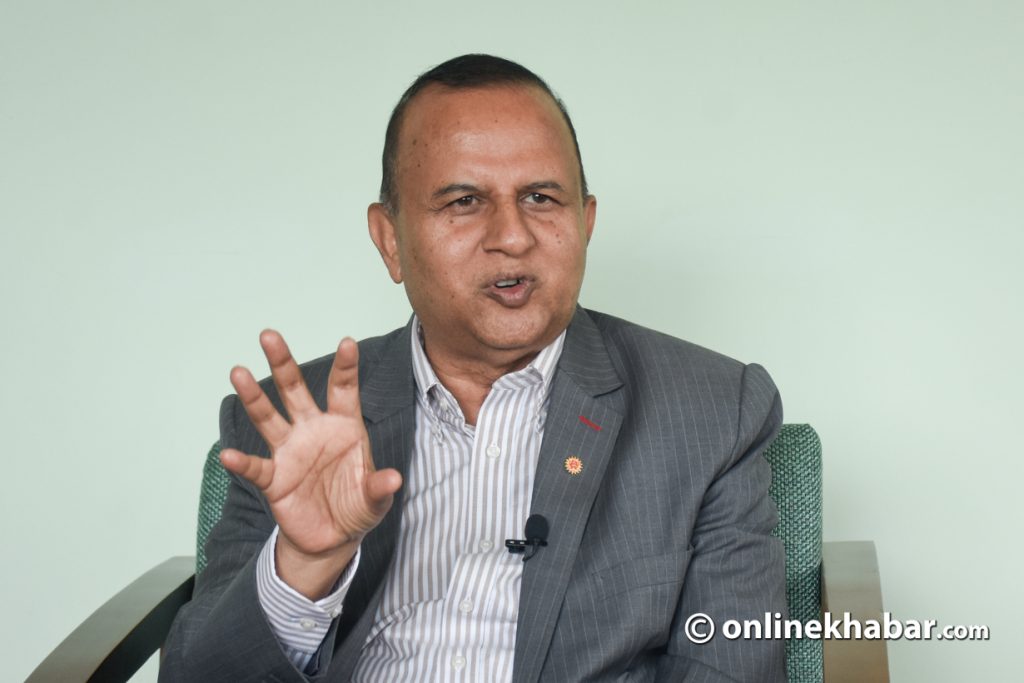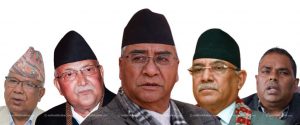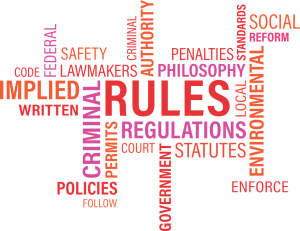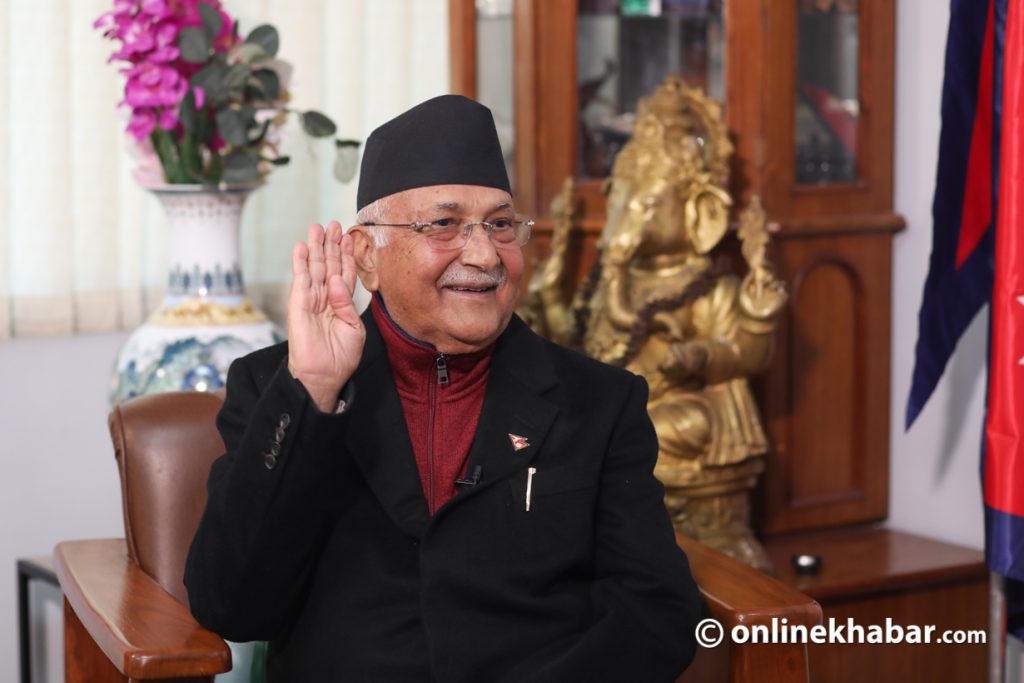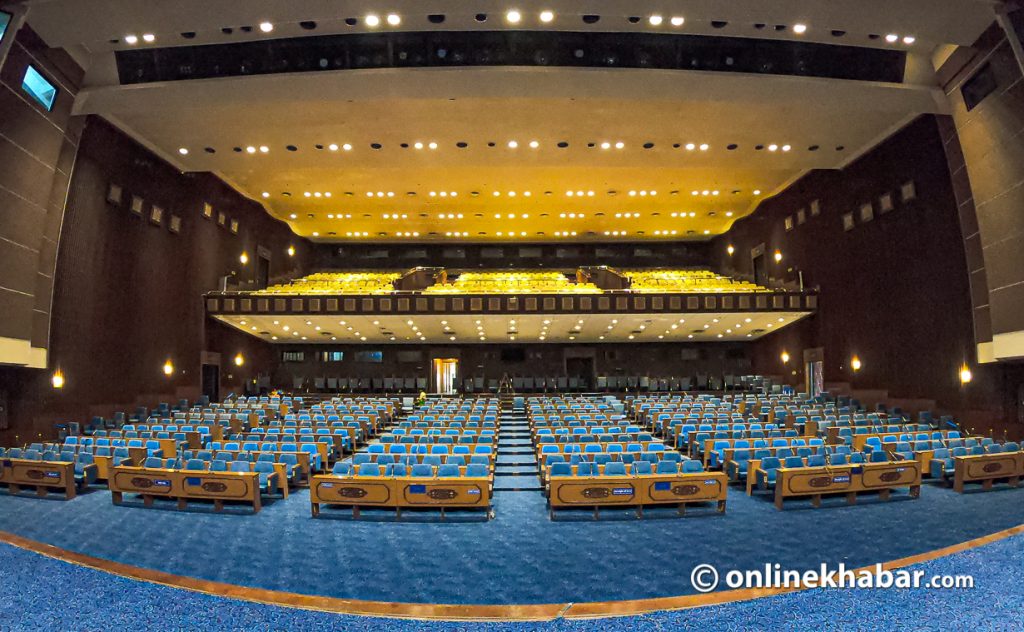
With the completion of the vote count for the directly elected (first-past-the-post) system of the Nepal elections, political leaders are meeting each other and discussing on how to form the new government. Since no party has a majority this year, there is a lot of confusion about how the new government will be formed.
Out of the 165 FPTP candidates, 57 have been elected from the Nepali Congress, 44 from the CPN-UML, 18 from the Maoist Centre, 10 from the Unified Socialist, seven each from Janata Samajbadi Party, Rastriya Swatantra Party and Rastriya Prajatantra Party, four from Loktantrik Samajbadi Party, three from Nagarik Unmukti Party and one each from Janamat Party, Rastriya Janamorcha and Nepal Workers and Peasants Party. Then, five people won the elections independently.
As the proportional representation election vote counts are complete, the date for the new government to be formed is approaching near.
But, how will it happen? What is the process?
Here is a rundown.
1. Election of MPs under the proportional system
After the counting of votes for the proportional system is over, the Election Commission will decide how many seats the parties will get on the basis of their votes. If a party does not get even three per cent of the total valid votes, it will not get a single seat under this system.
After the seats are allotted to each party, the Election Commission will write to the political parties to send names from the closed list of proportional candidates they prepared prior to the elections. As per the order of priority of the closed list submitted by the parties to the commission, the names of MPs, proportionate to meet the criteria of the designated cluster, should be sent to the commission.
Nepal’s law states that at least 33 per cent of the members of the House of Representatives should be women. This is why the commission will write to each party on how many women should be sent to the house proportionately by the party.
Election Commission’s assistant spokesperson Surya Prasad Aryal says the commission will send correspondence to the parties in a few days regarding the principle of inclusiveness based on the number of seats and votes polled by the parties in proportion.
2. Submission of the final results to the president
Following the finalisation of the final list of the 275 members of the House of Representatives, which includes 165 direct members and 110 proportional representation members, the Election Commission must submit a report with the election results to the President’s Office within a week.
Only after the commission presents the details to the president, it is considered official. Then , the commission will also send the details of the elected MPs to the Federal Parliament Secretariat.
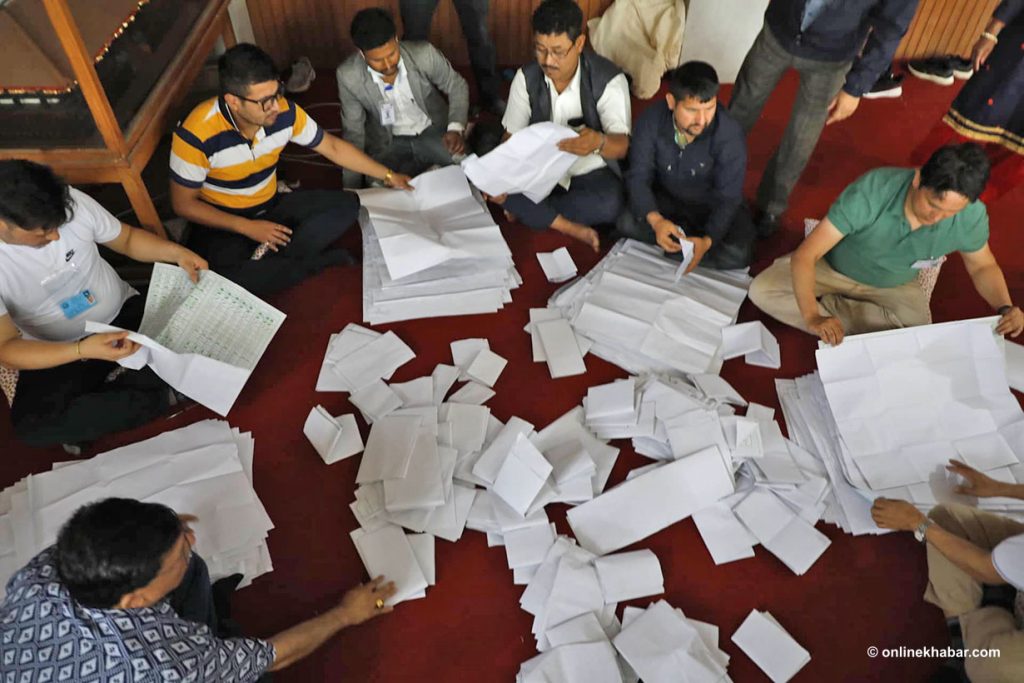
3. Calling of the session within 30 days
The president has to call a session of the House of Representatives within 30 days of receiving the report with the election results. Article 93 of the constitution provides the president with the right and responsibility of the summoning and proroguing of the session.
4. Election of speaker within 15 days immediately after the oath
After the details are sent by the Election Commission, the Federal Parliament Secretariat identifies the senior-most member among the elected members. The Parliament Secretariat sends a letter to the President’s Office identifying the senior-most member and proposes a date for the oath. Accordingly, the president administers the oath to the senior-most member.
The senior-most member then administers the oath to the rest of the members. For this, it is customary for the Federal Parliament Secretariat to organise a special event.
The first meeting of the House of Representatives will also be convened by the senior-most member.
Within 15 days of holding the first meeting of the House of Representatives, the elections of the speaker and the deputy speaker must take place. The provisions related to this are in article 91 of the constitution.
5. New government within 30 days
According to article 76(3) of the constitution, a new government must be formed within 30 days from the announcement of the final results of the elections to the House of Representatives.
As soon as the president knows the final results of the elections, s/he must begin the process of forming a new government.
Article 76(1) of the constitution provides for the formation of a government with a single majority. But since no party has got a majority in this house, according to article 76(2), the leader of the parliamentary party of the party having the support of two or more parties can become the prime minister.
Following the call for the government formation by the Office of the President, the leader of the parliamentary party of the party that can command a majority submits the claim to the prime minister and on that basis, the PM is appointed.
If a coalition government cannot be formed within a month, according to article 76(3), the leader of the parliamentary party of the party with the largest number of members in the House of Representatives shall be the prime minister.
6. Confidence vote in a month
According to article 76(2) of the constitution, the person appointed as the prime minister must seek a vote of confidence in the House of Representatives within one month. There is a constitutional provision that a no-confidence motion cannot be registered for two years after the trust vote.
This story was translated from the original Nepali version and edited for clarity and length.




